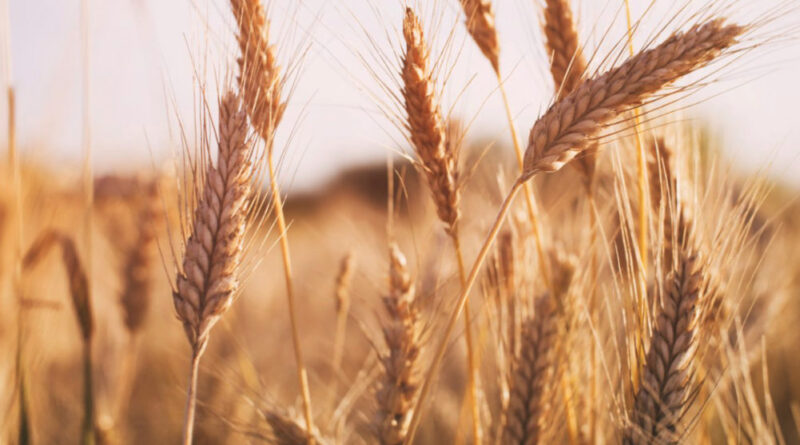Punjab farmers strike gold as wheat yield goes up by 3 quintals per acre
By Karam Prakash
Thanks to the favourable weather conditions and effectiveness of the high-yielding wheat variety PBW 826, Punjab is expecting a bumper harvest of 172 lakh metric tonnes this year, with nearly all districts reporting a per acre output of 22 quintals.
Confirming the development, Punjab agriculture director Jaswant Singh said, “All districts have reported a per acre yield of nearly 22 quintals during the crop-cut experiments (a method of establishing crop yield). Compared to last year, there has been an average increase of two quintals per acre. In some places, the rise is even more than two quintals.”
Last year, Punjab had reported an average yield of 19 quintals per acre.
This time, the state had gone with the high-yielding wheat variety PBW 826, developed and introduced by Punjab Agricultural University (PAU) in 2022 after four years of clinical and field trials. The PBW 826 variety, characterised by better heat tolerance, had shown 31% more yield than the other commonly used variety HD 3086, and 17% more than HD 2967 variety.
Pargat Singh, a Patiala-based farmer who harvested his wheat crop this week, said, “The wheat yield in one acre of my field is nearly 26 quintals. I had sown the high-yielding wheat variety – PBW 826. ”
As per the state’s agriculture department director, this year’s wheat production is estimated to be over 172 lakh metric tonnes.
PAU vice-chancellor Dr Satbir Singh Gosal has attributed the increase in yield to favourable climatic conditions throughout the rabi season. He said, “Prolonged cold and foggy conditions led to higher tillering (emergence of side shoots), which in turn resulted in higher grain filling. This year, the day temperatures (maximum temperature) remained very low, thus creating favourable conditions for a higher yield. In January, the maximum temperature was recorded at 9.6 degrees, which is the lowest over the past 50 years.”
He added that normally, a major part of wheat harvesting is completed by April 13. But this year, harvesting started after April which gave the wheat crops more time to mature, resulting in higher yield.
“Until the first week of April, when the wheat crop was in the final stages, the maximum temperature remained below 35 degrees Celsius which prevented yield loss due to heat stress,” said Dr Gosal.
This article has been republished from The Hindustan Times.

